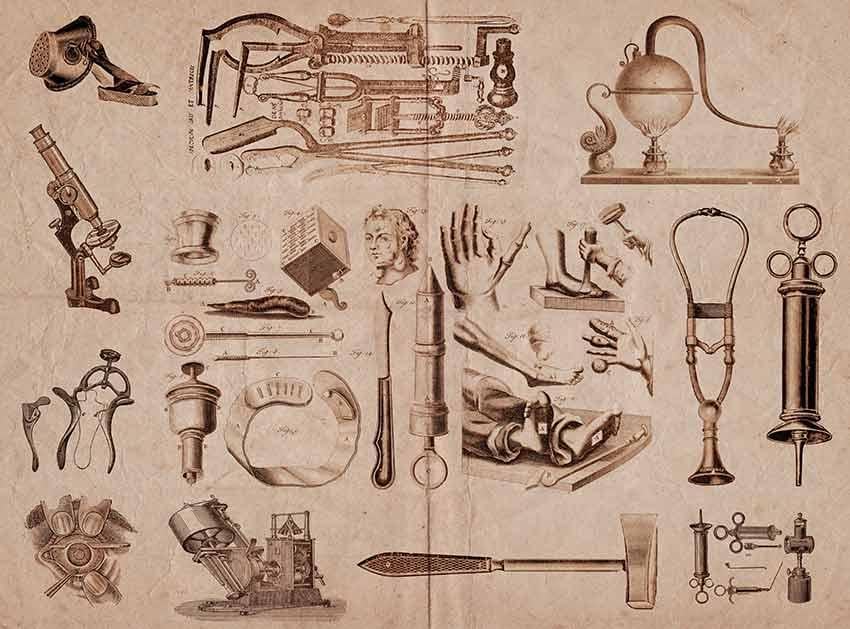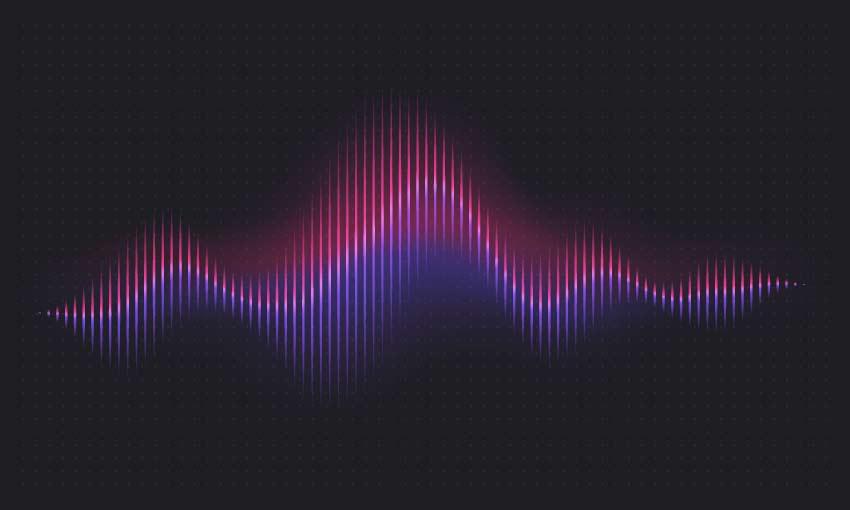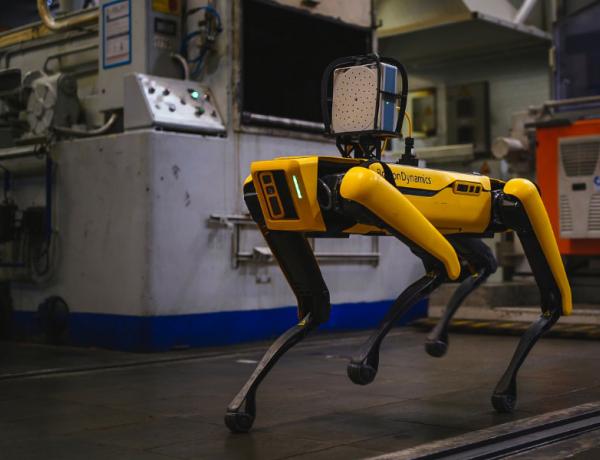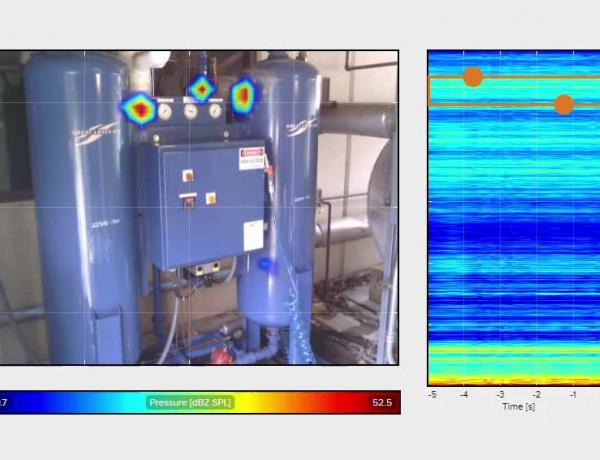Acoustic imaging is the use of ultrasound to produce real-time images of almost undetectable noise, but its roots with sounds go far back into history. Let’s first take a look at Pythagoras, the Greek philosopher (and the man behind the theorem) as well as a student of astronomy and-for our purposes here-the man who invented the theory of music. Pythagoras experimented with individual and sets of vibrating strings. These produced what we call “music” today and led to the modern tuning system bearing his name.
Nature
Nature has been employing acoustic imaging for as long as we’ve existed. Bats and dolphins use sound waves to find their way - i.e. to “see”. Humans lacking in this particular superpower instead developed their own technology, mimicking what was occurring in the natural world.

Medicine
Hippocrates, in the fifth century BC, realized he could listen to sounds in a patient's chest (later called auscultation) but it took 2200 years for French physician René Théophile Hyacinthe Laënnec to write his treatise on it. The inventor of the stethoscope, Laënnec is considered to be the father of chest medicine (although Hippocrates might have something to say about that).

Sonograms, ultrasounds, and imaging oh my!
Acoustic imaging and ultrasonic imaging were synonymous up until about 30 years ago when shear wave imaging was discovered. Wave imaging provides information in an in depth way such that the stethoscope (and ultrasound) cannot. The two types of acoustic waves used in medical imaging are now the standard for “seeing” sounds in the medical field.

What's next?
As you can see, acoustic imaging has been around since almost the beginning of time. What was once solely the province of nature, has been adapted by humans to visualize noise and sound to detect, please, soothe and heal. Who knows what acoustic imaging will do in the future?






